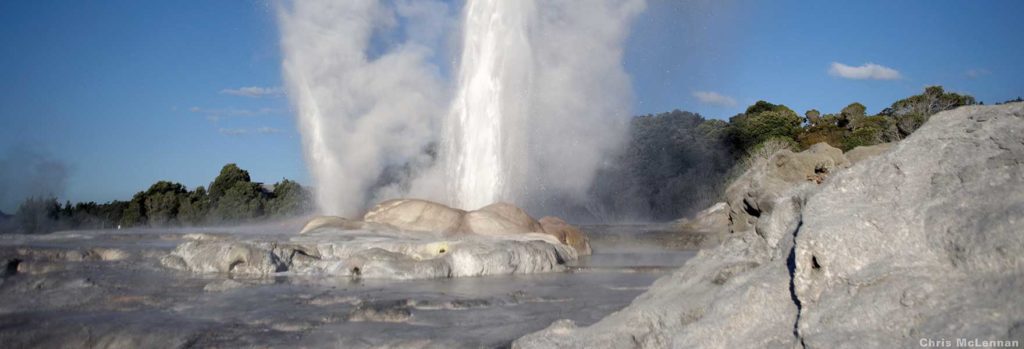Travel between Samoan Islands is easy, we suggest not to stop to only one location but visit both main islands. Hire a car is the best way to explore the country, speed limit is slow due to poor road conditions, people walking on side of roads during the day and it is not uncommon to have dogs, pigs, cows or horses crossing roads freely. Drivers keep left.
Fuel can only be purchased in major villages and a temporary driver license is required with a cost of $20 per month.
The airport is equipped with an information point where visitors can ask for a map or pick up a local guide, like Jasons Visitor Guide, a small pink booklet with details on attractions, shows, museums and natural wonders.
When picking up a hired vehicle, make sure to check all possible pre-existing damages and report them immediately to avoid having charges at the end. Purchased an insurance covering for possible future damages, to fix them could be expensive.
Ferries link island to island, however departures may not be respected due to bad sea weather.
Bus rides are also available to move around an island. Take in consideration departure times are only indicational to Samoan people and bus drivers (avoid buses after 2 pm or weekends). Visitors must be patient, nonetheless it is a worthy authentic experience.
Local buses are called Wooden Busses: small colourful vans with wooden benches as seats and high music transferring passengers from one village to the next without scheduled stops. Buses don’t have a line number but only the final destination village written on it. It is a public service; however, the vehicle is privately owned, and it is common to see it parked outside its owner’s house at night. The owner can decorate its bus as pleased and, often, make some extra money buy renting it to educational propaganda messages. These buses are a typical photos opportunity because of their picturesque nature and extravagances. For the price of 3 Tala (a little more than 1 Euro) passengers can travel between villages. Inside these vehicles personal space is minimal and physical contact inevitable during peak hours when smaller buses are crowded with people. You may have to seat on another passenger’s lap or, to avoid so, offer to seat a child on your lap. It is normal practice to allow more people to seat down as passengers cannot stand up during journeys.
If fit why not consider a bicycle ride between villages. Be aware of heat, dogs and uneven roads.





